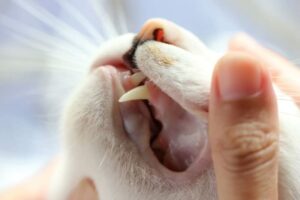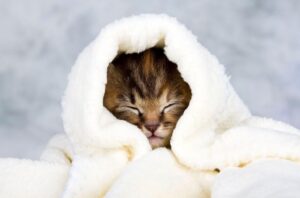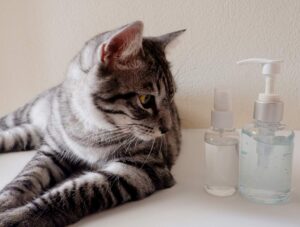How to Pat Your Cat the Right Way
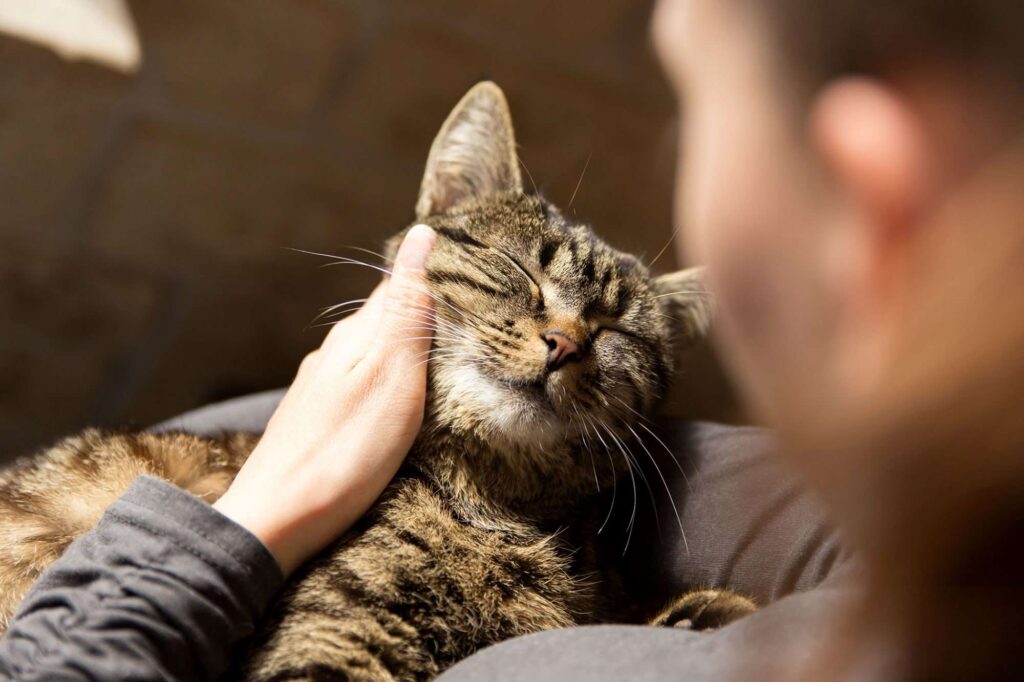
Every cat owner knows that cats get super sensitive when you pat them the wrong way. This may even result in your cat scratching or biting you. Whether you are trying to get friendly with a stray cat or trying to pat your own cat, here’s the secret on how to pat your cat the right way.
Patting your cat is a common way of showing affection. However, not all cats enjoy being patted and may react negatively. It is important to know how to pat your cat in a way that they find comfortable and enjoyable.
Why Some Cats Don’t Like Being Patted
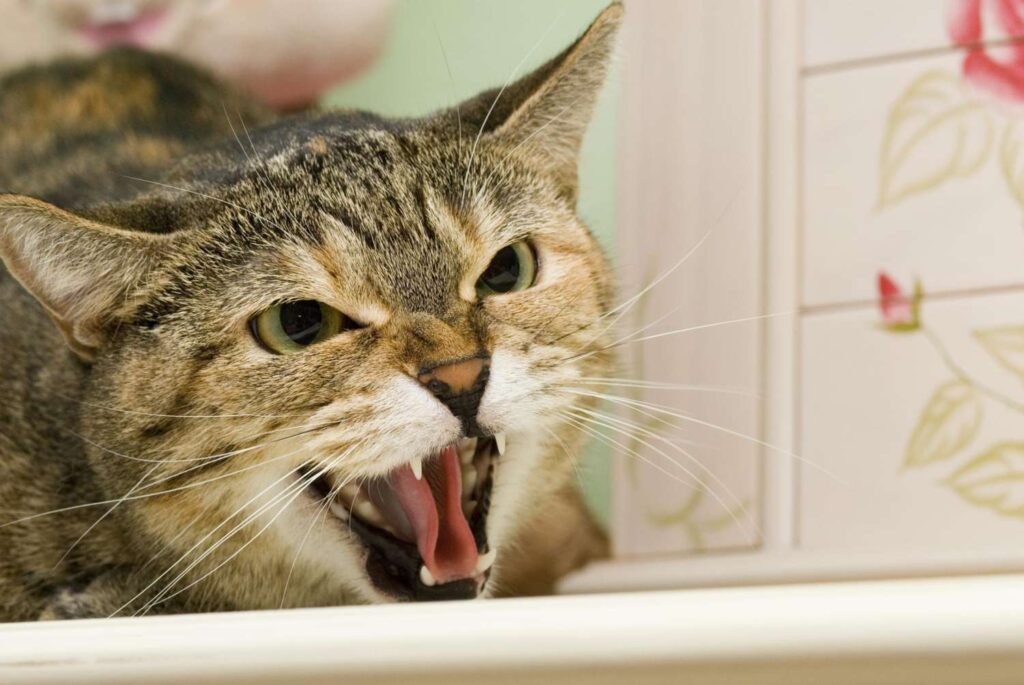
Cats are very particular about physical touch, and one wrong move can make them run away from you. You must respect your cat’s boundaries and not force physical contact if they don’t enjoy being petted.
It’s important to note that cats generally don’t like being petted on their tummy, legs/feet, or tail. While there may be exceptions where cats love all forms of affection, it’s best to avoid petting a cat you don’t know on their stomach or extremities.
To determine whether your cat is enjoying the physical touch, keep an eye out for signs of tension, such as sudden jerking of their head or batting your hand away, hissing, shifting away, twitching of their skin, shaking their head, thumping their tail, rotating ears backward, or a lack of response, such as purring or rubbing.
Some common reasons why cats may not like being patted include:
- Patting in certain areas
- Patting with too much pressure
- Patting too quickly or slowly
How to Pat Your Cat the Right Way:
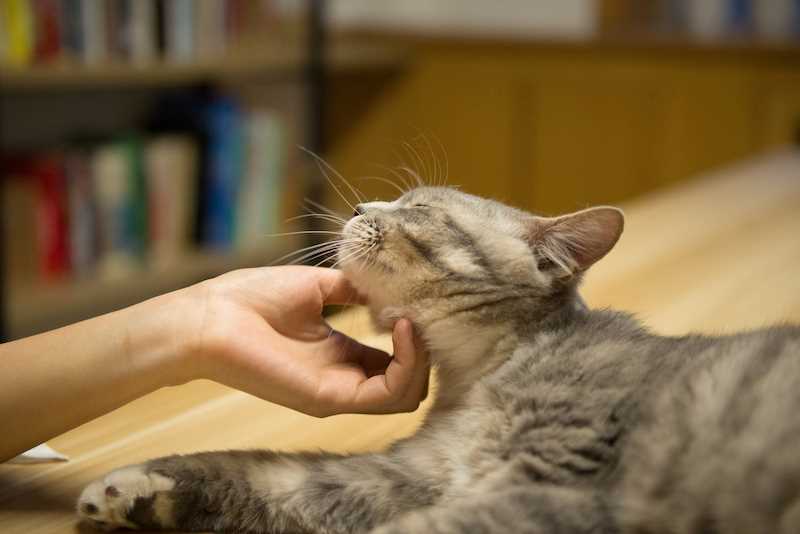
To ensure that your cat enjoys being patted, it is important to understand their body language and preferences. Here are some tips on how to pat your cat the right way:
- Observe their body language: Pay attention to your cat’s body language when you pat them. If they seem relaxed and content, then you’re patting them in a way they like. If they seem agitated or uncomfortable, then you need to adjust your patting technique.
- Pat in their preferred areas: Different cats have different preferences when it comes to being patted. Some may like being patted on the head or chin, while others may prefer to be patted on the back or sides. Experiment with different patting spots to see which one your cat likes best.
- Use a light touch: Cats have sensitive skin, and too much pressure can make them uncomfortable. Use a light touch when patting your cat, and avoid using your fingernails or pressing too hard.
- Pay attention to the rhythm: Cats have a natural rhythm when they purr, and they may enjoy being patted at a similar pace. Pay attention to the speed and rhythm of your cat’s purring and try to match it when patting them.
- Reward them: If your cat seems to enjoy being patted, reward them with treats or praise. This will encourage them to associate being patted with positive experiences.
Key Spots for Patting Your Cat
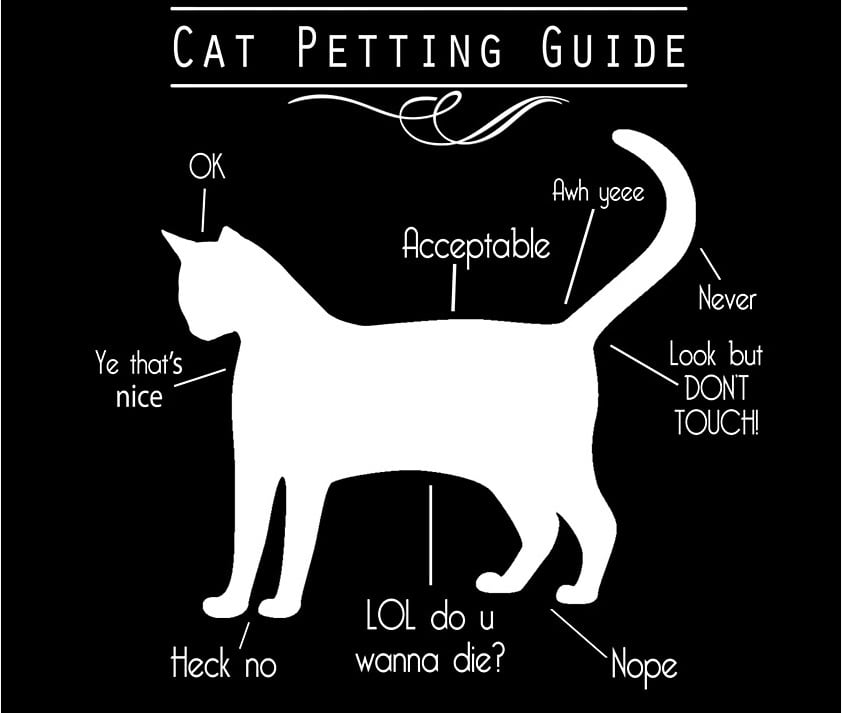
Where do cats like to be petted the most? It’s usually on their head, chin, and neck. Some cats may tolerate petting on their tails, but others may not like it. Therefore, it’s crucial to pay attention to your cat’s reactions to your touch and respect their preferences.
The key to approaching your cat is to let them take the lead. Let them sniff your index finger and touch their nose against it first. If your cat wants to cuddle, they will push their face against your hand and guide you to the areas they want to be petted, like their ears, chin, and so on.
Moving slowly will create a calming and affectionate environment. If your cat begins to nudge you with their head or rub their cheeks against you, it’s a positive sign. This behavior, known as “bunting,” is how cats transfer their scent from their cheek glands to their favorite things and loved ones.
Conclusion
Patting your cat is a great way to show affection. However, it is important to do it in a way that they enjoy. Make sure your cat enjoys being patted by observing their body language, patting them in their preferred areas, using a light touch, paying attention to the rhythm, and rewarding them. Remember that each cat is unique. Therefore, It may take some time and experimentation to find the best way to pat your cat.
